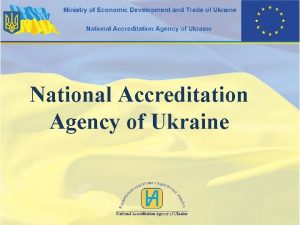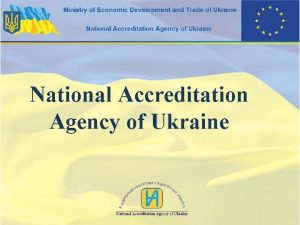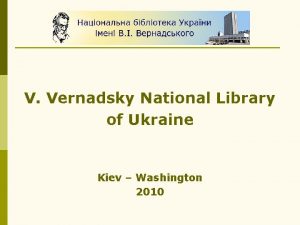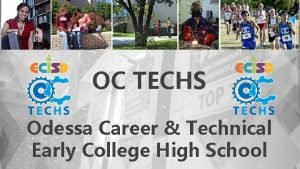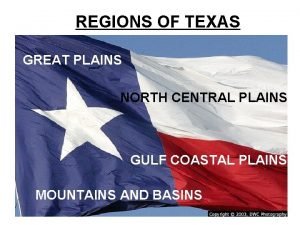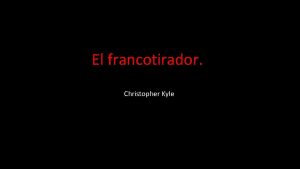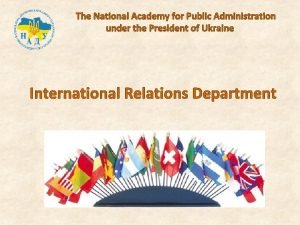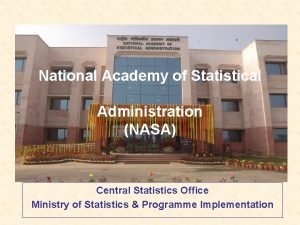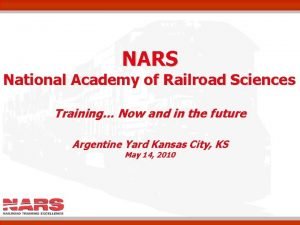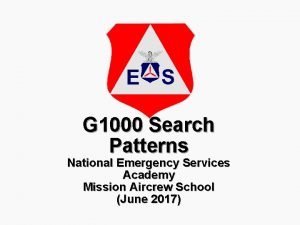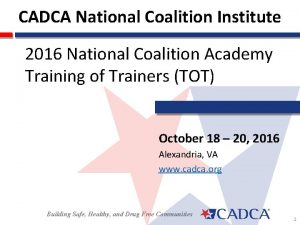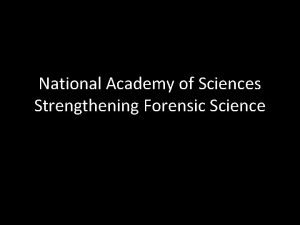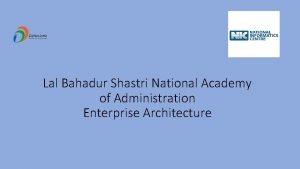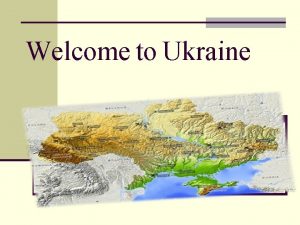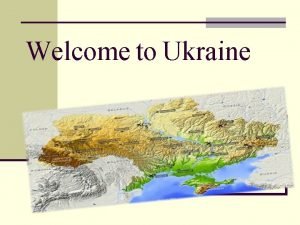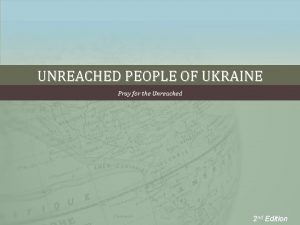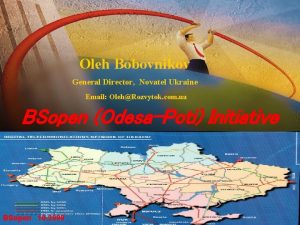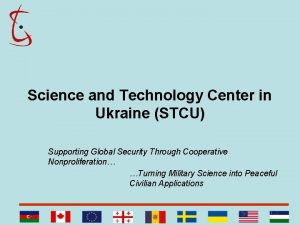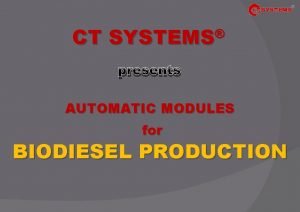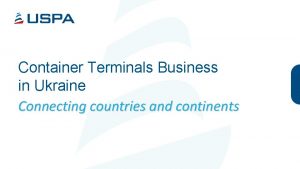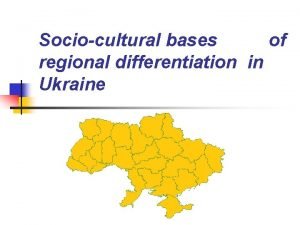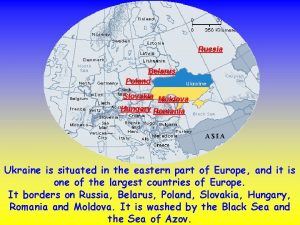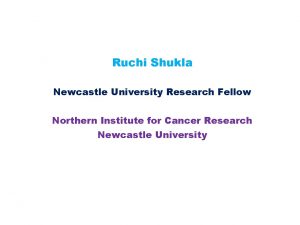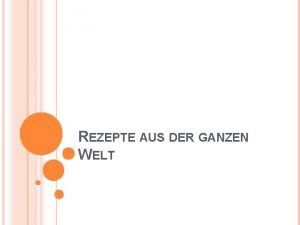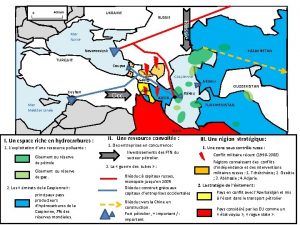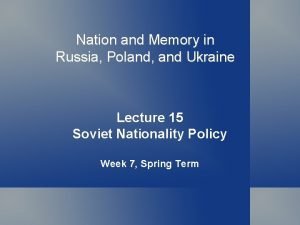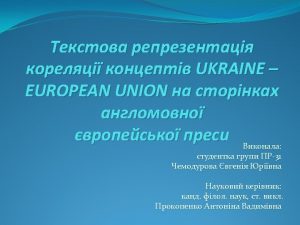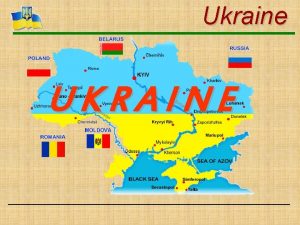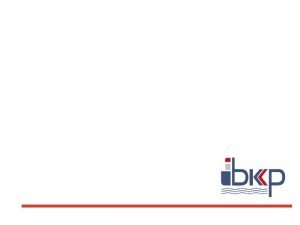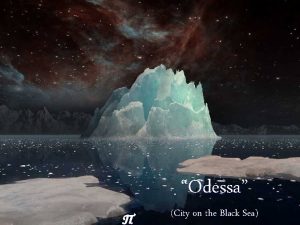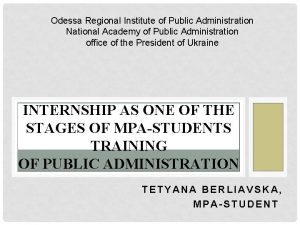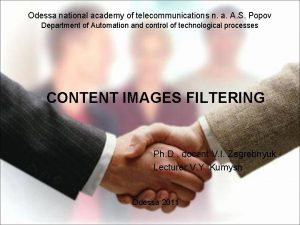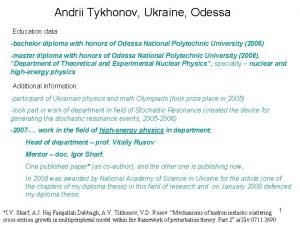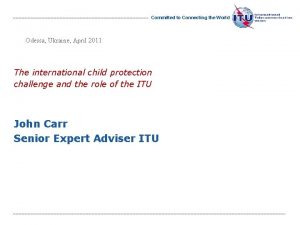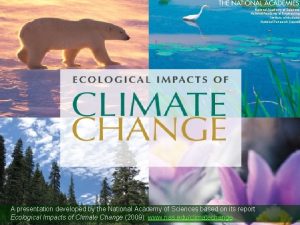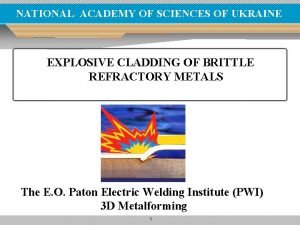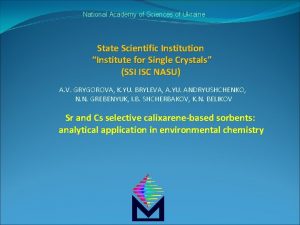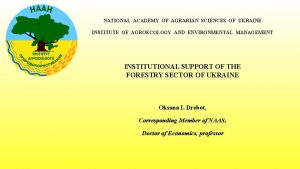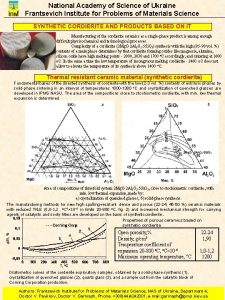Odessa National Academy of Food Technologies Odessa Ukraine


























































- Slides: 58

Odessa National Academy of Food Technologies, Odessa, Ukraine Prof. Sergey Fedosov, D. Sc. (Physics & Mathematics) Director of the International Cooperation Center Tel: +38 097 271 7524 E-mail: fedosov@optima. com. ua Skype: fedosov 1940









Авторы, организации Неправильно Ivanov S. D. , professor, doctor of technical sciences, Odessa national academy of food technologies Petrov A. V. , docent, candidate of technical sciences Odessa national university named after I. I. Mechnikov Правильно Prof. S. D. Ivanov, D. Sc. (Engineering), Odessa National Academy of Food Technologies Dr. A. V. Petrov, Ph. D. (Engineering) I. I. Mechnikov Odessa National University 10





• Quote all experimentally measured quantities with errors and with the appropriate number of significant figures • Никогда не пишите 14. 47634± 0. 23645 • Правильно 14. 5± 0. 2

Графики : use only Origin 16









SELECTED WRITING RULES Verbs HAS to agree with their subjects. It have been shown … Don't start a sentence with a conjunction. And then we measured … It is wrong to ever split an infinitive. We want to now discuss … Parenthetical remarks are unnecessary. It has to be mentioned that… Contractions aren't necessary and shouldn't be used. … aren't necessary One should NEVER generalize. We believe this is valid also … The passive voice is to be ignored. The sample has been placed … Eliminate commas, that are, not necessary. We have shown, that … Never use a big word when a small one would suffice. I utilized – I used Exaggeration is very bad. Our results are extremely important! Proofread carefully to see if you can put any words out.

How to Write a Scientific Paper

WHAT IS A SCIENTIFIC PAPER? • It is an addition to human knowledge; Sharks (reviewers) OCEAN OF IGNORANCE Island of Human Knowledge your paper • A scientific paper is not: - a technical report of what has been done - a paper is worth writing only if it has general implications for knowledge

“The Deadly Sins” 1. Data manipulation, falsification 2. Duplicate manuscripts 3. Redundant publication 4. Plagiarism Data in conference abstract? No Same data, different journal? Yes Expansion of published data set? Yes

The Format for Scientific Papers • • • Title Authors Abstract Introduction Methods Results Discussion Acknowledgments References

Orders of Writing Sections of a Paper • A convenient order in which to write the sections: • Methods • Results • Discussion • Introduction • Title • Abstract

Purposes of the Methods Section • To allow others to replicate what you did • To allow others to evaluate what you did – To determine whether the conclusions are valid – To determine whether the findings are applicable to other situations of interest

Methods: Basic Information to Include • In most cases, overview of study design • Identification – Samples, methods, equipment, reagents, etc used (and sources) – Statistical methods

Methods: Amount of Detail to Use • For well-known methods: name of method, citation of reference • For methods previously described but not well known: brief description of method, citation of reference • For methods that yourself invented: relatively detailed description

Methods • Should be written in past tense • May include subheads • May include tables and figures—for example: – Flowcharts – Diagrams of apparatus – Tables of experimental conditions

Gerald had begun to think that his methodology was too detailed.

The Results Section • The core of the paper • Includes tables, figures, or both • Should summarize findings rather than providing data in great detail • Should present results but not comments on them • (Note: In some journals it is possible to combine the Results and the Discussion)

Verb Tense for the Results Section: Past Tense Examples: – A total of 675 of the customers replied. – Pressure increased, but volume decreased. – The average temperature was 395 K. – Three of the cats died. – This difference was not statistically significant.

Results Sections of Papers with Tables or Figures • Remember to mention every table and figure.

Mentioning Tables and Figures: Some Writing Advice • In citing tables and figures, emphasize the finding, not the table or figure. – Not good: Table 3 shows that viscosity of the sour cream depends on the storage time. – Better: Viscosity of the sour cream depends on the storage time (Table 3).

Tables: A Few Suggestions • Use tables only if text will not be sufficient. • Tables must be understandable without the text. • If a paper includes a a few tables, use the same format for each. • Follow the instructions to authors.

Figures: A Few Suggestions • Use figures only if they will help to transmit your information. • Avoid including too much information in one figure. • Make sure any lettering will be large enough once published. • Follow the journal’s instructions.

Discussion • One of the more difficult parts to write, because have more choice of what to say • Often should begin with a brief summary of the main findings • Should answer the question(s) stated in the introduction

The Discussion: Some Possible Content • Limitations of the study – For example: small sample size, incomplete data, possible sources of bias, problems with experimental procedures – Better to mention limitations yourself than for peer reviewers and readers to think that you’re unaware of them – If the limitations seem unlikely to affect the conclusions, can explain why

The Discussion: Possible Content (cont) • Relationship to findings of other research—for example: – Similarities to previous findings (your own, others’, or both) – Differences from previous findings – Possible reasons for similarities and differences

The Discussion: Possible Content (cont) • Applications and suggestions—for example: – Possible uses of the findings (in agriculture, industry, public policy, etc) – Relationship of the findings to theories or models: • Do the findings support them? • Do they disprove them? • Do they suggest modifications?

Discussion (cont) • Typically should move from specific to general (opposite of introduction)

Purposes of the Introduction • To provide background – To help readers understand the paper – To help readers appreciate the importance of the research • To identify the question(s) the research addressed – Sometimes stated as a hypothesis or hypotheses

Length of Introduction • Look at length of Introductions in the papers of your field and in the selected Journal

Structure of the Introduction • Introduction typically should be moving from general to specific • A common structure: – Information on importance of topic – Highlights of relevant previous research – Unanswered question(s) – Approach you used to seek the answer(s) – Your main findings

Functions of References • To give thanks to others for their work • To add reliability to your work by showing that you used valid information sources • To help show your work is related to previous work • To help readers find further information

References: • Studies show that many references are inaccurate. • Often, authors whose work you cite will be your peer reviewers. • Inaccurate references to their work will not impress them favorably.

Other Advice on References • Cite only items that you have read. • Check each reference against the original source. • Carefully follow the journal’s instructions to authors. • Use other articles in the same journal as models.

Jane suddenly realised that her reference list had too many self citations…

Title • The fewest possible words that adequately indicate the contents of the paper • Important in literature searching • Should not include extra words, such as “a study of”, “to the question of”, etc. • Should be specific enough but not very narrow

The Abstract • Briefly summarizes the paper • Should be organized like a scientific paper • In some fields, there are structured abstracts (with standardized headings).

Immediate Rejection Criteria • The subject matter is of insufficient interest to the readership to a specific journal • Lack of new information • Very bad English • The results are trivial, predictable, or duplicative • Insufficient international importance or interest • Scientific quality is substandard due to poor experimental design and methodology • Improper conclusion • Suspected misconduct - fabrication and plagiarism

Any Questions?

 National symbols of ukraine
National symbols of ukraine Accreditation ukraine
Accreditation ukraine National accreditation agency of ukraine
National accreditation agency of ukraine Bila tserkva national agrarian university
Bila tserkva national agrarian university Vernadsky national library of ukraine
Vernadsky national library of ukraine Traditional ukraine food
Traditional ukraine food Oc tech odessa tx
Oc tech odessa tx Coding bootcamp odessa
Coding bootcamp odessa Odessa state environmental university
Odessa state environmental university Kiev odessa
Kiev odessa Brenntag
Brenntag What are the central plains
What are the central plains Jobsindice.com odessa tx
Jobsindice.com odessa tx Odessa commercial sea port
Odessa commercial sea port Odessa state environmental university
Odessa state environmental university Unit 2 food food food
Unit 2 food food food Food chain sequence
Food chain sequence Mogilev state university
Mogilev state university National academy for public administration
National academy for public administration National academy of statistical administration
National academy of statistical administration National academy of railroad sciences
National academy of railroad sciences National emergency services academy
National emergency services academy National coalition academy
National coalition academy National skills academy for retail
National skills academy for retail National academy of sciences forensic science
National academy of sciences forensic science Lal bahadur shastri national academy of administration
Lal bahadur shastri national academy of administration Language of ukraine
Language of ukraine Ukraine geographical position
Ukraine geographical position The geographical position of ukraine
The geographical position of ukraine Ukraine main religion
Ukraine main religion Holubzi
Holubzi Ukrainian alphabet song
Ukrainian alphabet song Oleeh mail
Oleeh mail Ukraine european
Ukraine european Stcu ukraine
Stcu ukraine Ukraine nursery school
Ukraine nursery school Ministry of infrastructure (ukraine)
Ministry of infrastructure (ukraine) Zorro ukraine
Zorro ukraine Alexanderhilf ukraine
Alexanderhilf ukraine Leisure management
Leisure management Ct systems ukraine
Ct systems ukraine Transinvest service ukraine
Transinvest service ukraine Age structure ukraine
Age structure ukraine While ukrainian writers read poems kyiv
While ukrainian writers read poems kyiv Ukraine wholesale products
Ukraine wholesale products Ukraine wholesale products
Ukraine wholesale products Pull factors of ukraine
Pull factors of ukraine Ukraine flag and anthem
Ukraine flag and anthem Volodymyr sosyura love ukraine
Volodymyr sosyura love ukraine Location of ukraine
Location of ukraine Famous taras
Famous taras Ukraine
Ukraine Ukraine kyiv
Ukraine kyiv Ukraine states
Ukraine states Ruchi shukla ukraine
Ruchi shukla ukraine Schaurma
Schaurma Licinsing
Licinsing Ukraine
Ukraine Ukraine history with russia
Ukraine history with russia

